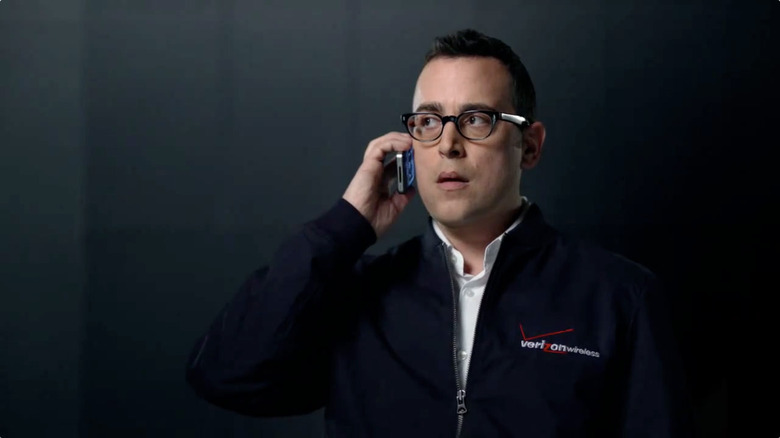What Is LTE Advanced, And Why Should You Care That Verizon Is Rolling It Out?
Earlier today, Verizon announced that it's rolling out LTE Advanced to customers from coast to coast, at no additional cost to Verizon's traditional arm and leg. But in case you're tired of the carrier/uncarrier announcements about the Fastest Internet Evarr, here's what it all really means.
DON'T MISS: From the iPhone 7 to the Apple Watch 2, here's everything we expect Apple to announce next week
What is LTE Advanced?
In short, a fancy name for using new technology to make existing LTE (4G) wireless connections faster. LTE Advanced can refer to all sorts of improvements to LTE, and the only real common factor is that they're all backwards-compatible with other LTE technology. In this case, it refers to combining multiple channels to send mobile data as quickly as possible. Verizon is claiming a 50 percent faster peak speed for its technology.
How does it work?
Verizon's technology is called "carrier aggregation," and it really isn't that hard to understand. Verizon owns multiple bands of spectrum, and normally, your device just uses the strongest signal. Using carrier aggregation, Verizon sends and receives packets on two or three channels at once, increasing the peak speed you can get under optimal conditions. Verizon has been trialling the technology for over a year.
How fast is it?
Very. Verizon claims that under optimal conditions, two-channel aggregation will hit speeds of 225Mbps, and three-channel aggregation over 300Mbps. That's significantly faster than most home broadband, and faster than you will ever possibly need on a smartphone. It reality, it's the difference between downloading an app in 20 seconds or 35.
Really, LTE Advanced is futureproofing — you won't notice much of a difference right now, but when we're all livestreaming 8K VR video during the next Olympics, Verizon will (probably) have the fastest, most mature network to do so.
Can I use LTE Advanced?
Maybe! Right now, there's a list of 39 compatible Verizon devices, including the iPhone 6s, the Galaxy S7, LG G5 and Moto Z Droid. Basically, if you bought a good smartphone within the last year or two, it's worth checking.
Otherwise, you just need to be a Verizon user. There's no extra fees to pay or software to upgrade. In theory, the speed improvements should already be up and running.
What about other networks?
Sprint is also working on carrier aggregation. It sent out a conveniently timed press release today about a successful trial of what it's calling "Sprint LTE Plus" at Soldier Field in Chicago. It's the same basic technology, and in tests conducted by Sprint and Samsung, speeds of 230 Mbps were achieved. Carrier aggregation is live at 500 cell sites across Chicago for Sprint customers.
Other networks are following closely, and you can expect carrier aggregation to roll out wherever possible within a year or two.
